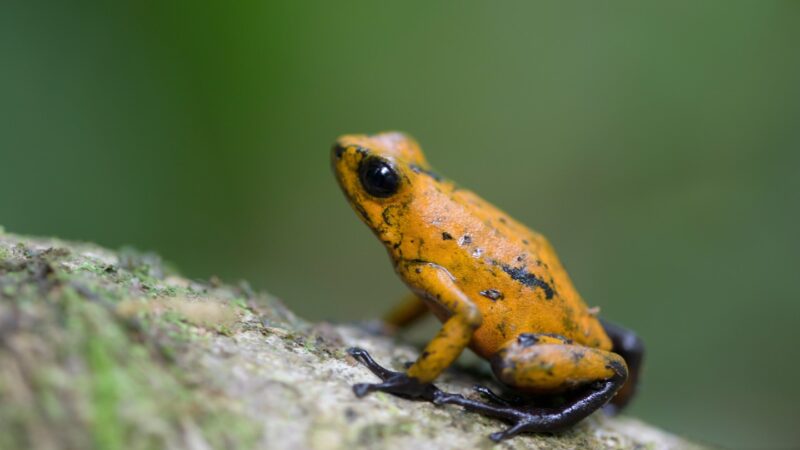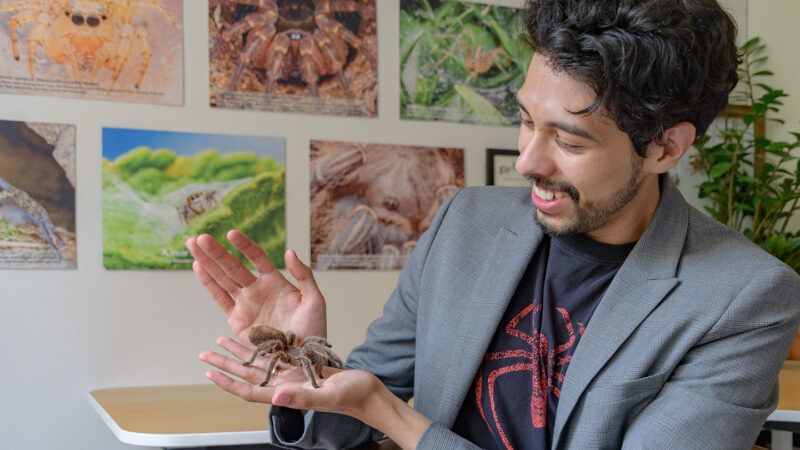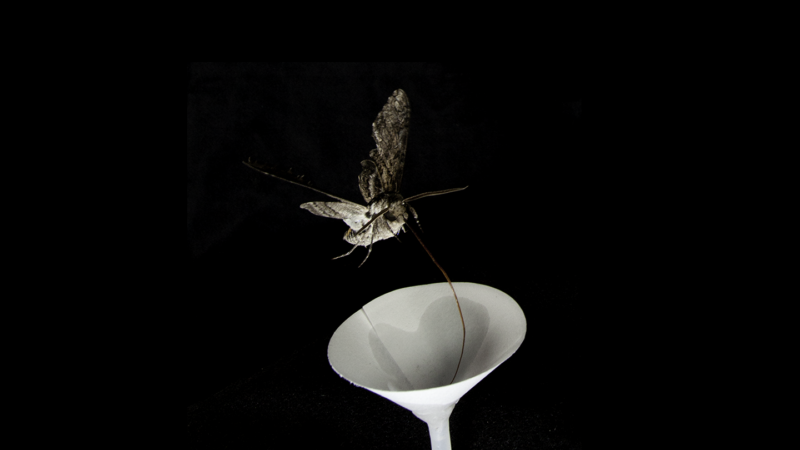A diet of insects gives poison dart frogs their toxic skin. That, in turn, helps them fend off predators. To get from food to skin, chemicals in the frogs’ guts may hitch a ride there via molecular “taxicabs.”
There are more than 175 species of poison dart frogs. As a group, these animals host more than 500 chemical poisons. These compounds belong to a class called alkaloids. The frogs don’t make these chemicals, though. They pick them up from the insects these amphibians eat. How these chemicals make it from a frog’s guts to its skin has been a mystery.
“[P]oison frogs exist just as a ball of toxins,” says Roberto Márquez. As an evolutionary geneticist and herpetologist, he studies animals like frogs at the University of Michigan in Ann Arbor. He did not take part in the new study.
How frogs have been able to host those toxins without themselves getting poisoned has been a puzzle. Researchers had thought it might have to do with the frogs’ metabolism. That refers to the chemical reactions in cells that change food into energy. Proteins that can bind alkaloids were also primary suspects, Márquez says. That could allow them to pull toxins from their food, “move them to [their] skin and not die trying.”
Now, for the first time, scientists identified one of those proteins. They call it alkaloid-binding globulin, or ABG. Researchers shared their new findings December 19 in eLife.
The frog ABG is much like other proteins that move chemicals within mammals. Studying their similarities might one day help scientists create treatments for people who have been poisoned.
From a fishing expedition
Aurora Alvarez-Buylla led the team that found ABG. She’s a biologist at Stanford University in California. To look for the protein, her group went “fishing” around in cells using a molecular bait.
This team mixed this lure in lab dishes. The lure was similar to an alkaloid found in the blood of Diablito poison dart frogs (Oophaga sylvatica). The researchers wanted to see if any proteins would pick up the lure and move it. ABG took the bait most often.
Then, the team studied genes in wild Diablito frogs from Ecuador. Genes are like tiny blueprints within cells that determine different traits about the body. The genetic data showed that frog livers make ABG.
In another experiment, the researchers used fluorescent markers to track the protein in the frog’s body. That showed ABG hangs out in the gut and skin as well as in the liver.
There are still hundreds more toxins that the team didn’t test. “There’s definitely more to explore there,” Alvarez-Buylla says.
Márquez agrees. He adds that scientists still don’t know how common ABG is across the entire family tree of poison dart frogs.
Also unknown is how the protein does its job.
Perhaps ABG has a precise method to pick up and release poisons. “Maybe the frogs resist them anyway and this is just like the little cart that transports stuff around,” Márquez says. With this ABG situation “very beautifully figured out,” he’s excited to understand more about how poison dart frogs handle their body full of toxins.





